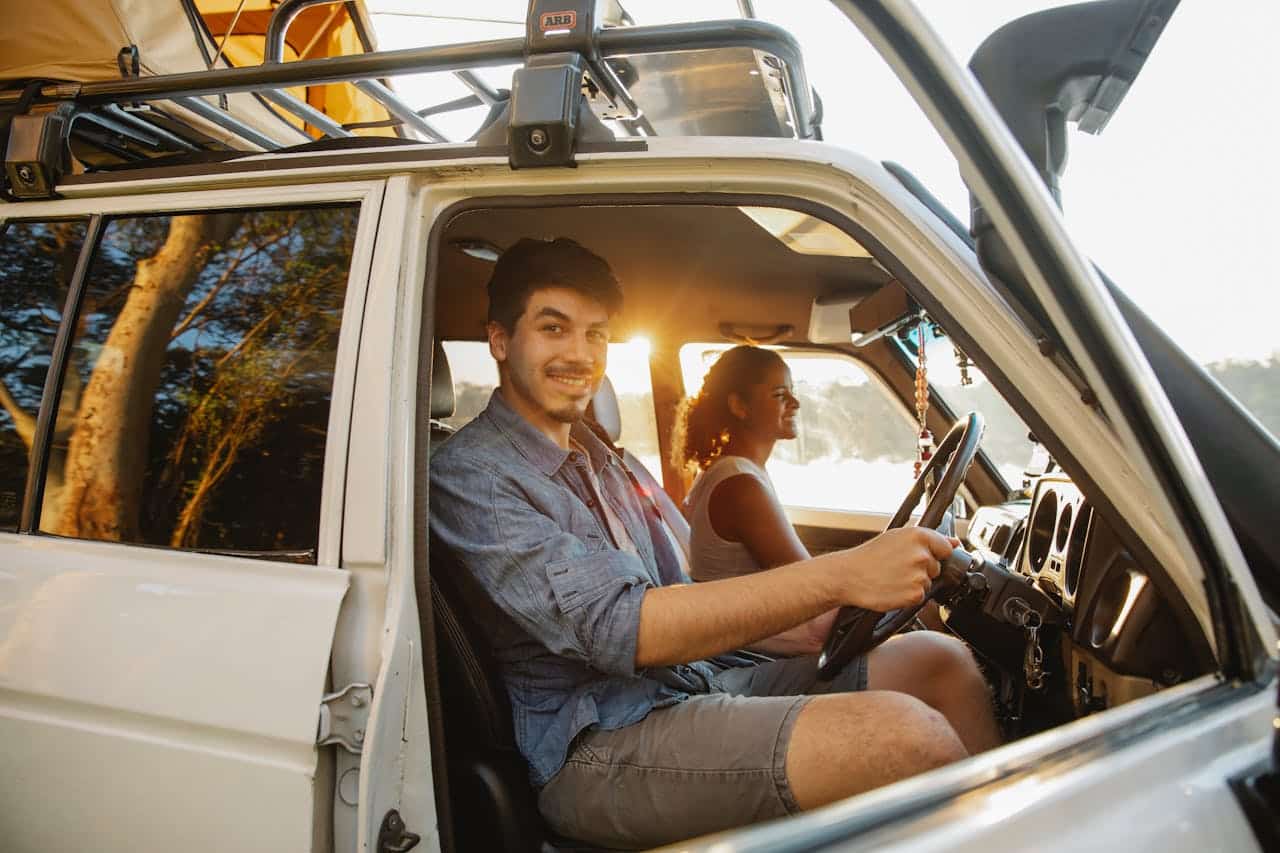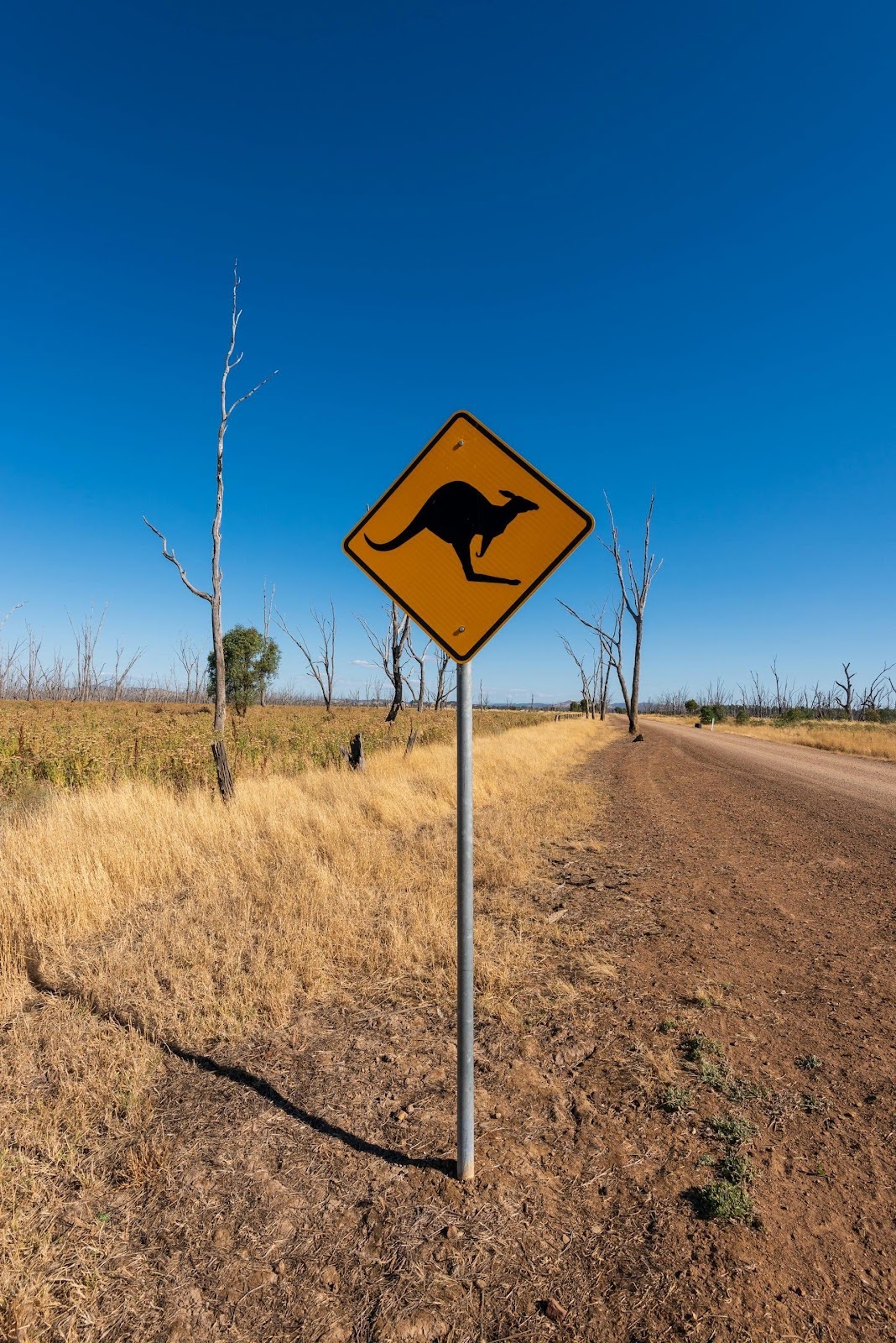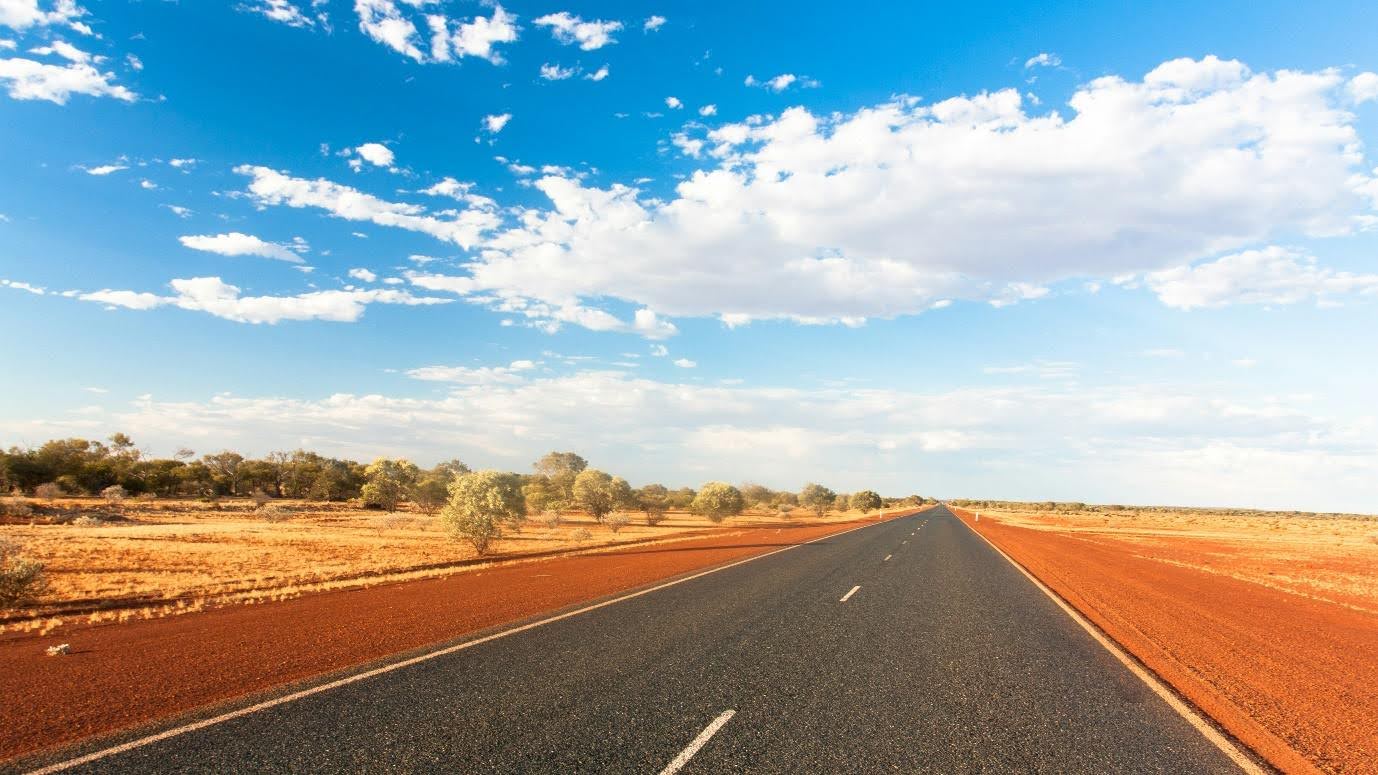Driving in Down Under: An Insider’s Guide to Aussie Roads
From kangaroo crossings to deciphering kilometres, there’s a method to Aussie driving. Understanding the driving rules and road etiquette in Australia is a must to ensure a safe and enjoyable journey. This guide will help steer you through some of the rules, regulations, and safety practices to ensure the memorable road trip of a lifetime. The country’s size means road travel is a part of life, with diverse conditions that demand attention and respect. So, it’s time to fasten your seatbelt, keep left, and let’s hit the road for an Aussie adventure!
Photo by Uriel Mont

Getting Your Licence: Who Can Drive in Australia?
International drivers visiting Australia without a permanent visa will be considered ‘visiting drivers’ and are allowed to use their valid overseas license for as long as it is valid. If your licence is in a language other than English, you will need to apply for an International Driving Permit (IDP) to be carried alongside your original licence.
If you’re a temporary or permanent resident of Australia, you must hold a valid Australian driver’s license to legally drive on Australian roads. Each state or territory has its own jurisdiction for acquiring a driver’s licence.
Permanent residents are given a three-month window to procure an Australian licence once they’ve taken up residence. The process for acquiring an Australian licence typically involves successfully passing a knowledge-based test, a practical driving examination, and an eye test.
Australia allows individuals aged 16 and over to operate a vehicle, although requirements vary across the map. New drivers are generally first issued with a learner licence under strict supervision, followed by a provisional licence, progressing through P1 and P2 licences before receiving a full licence. New drivers may have to adhere to further regulations such as a zero blood alcohol concentration level, specific speed limits, and restrictions on carpooling.
These regulations can be a mixed bag depending on the region, but luckily, all states and territories have their own authorities responsible for issuing licences:
- New South Wales: Roads and Maritime Services (RMS)
- Victoria: VicRoads
- Queensland: Department of Transport and Main Roads (TMR)
- Western Australia: Department of Transport
- South Australia: Department of Planning, Transport, and Infrastructure (DPTI)
- Tasmania: Department of State Growth
- Australian Capital Territory: Access Canberra
- Northern Territory: Motor Vehicle Registry (MVR)
Photo by Ben Shanks on Unsplash

What can I drive?
You might be ready to rev up those engines, but not so fast! Anyone driving in Australia must be in a vehicle that is appropriate for their specific licence (e.g. cars, motorbikes, or heavy-duty vehicles). You must also ensure that the vehicle is registered. Registrations include a registration fee and mandatory third-party insurance (CTP), along with optional comprehensive insurance. You can find the specific requirements and information online with the state or territory’s road and traffic authority. With your registration and insurance sorted, it’s time to grab your driving licence and hit the road.
Read The Signs: Understanding Australian Road Rules
Australian driving is all about road etiquette and following rules. With some of the most dangerous roads out there, following the road signs is crucial to not only your own safety, but for everyone on the road.
Keep it Left
No, it’s not the jetlag – Your eyes are not tricking you. Everyone in Australia does indeed drive on the left side of the road. This can seem confusing at first, but once you start following the traffic, you will be able to adjust in no time. The biggest adjustment will be remembering which side of the car to get into!
Wildlife
It may seem odd if you are new, but animal caution signs are common in Australia. A silhouette of a kangaroo or koala signposted on your journey can be a charming touch to your trip, but these signs are here to alert drivers of potential animal crossings in the area and to drive with caution. Australian wildlife are more active at dawn and dusk, so your driving should adjust to the conditions, including driving more slowly, to avoid any incidents.
Speed
Hold onto your steering wheel, mate! In the land down under, sticking to the speed limits is not just a suggestion—it’s a serious deal. Australia’s law enforcement takes exceeding the speed limit very seriously, and penalties can be severe. Not only do we use kilometres instead of miles, but our speed limits can vary significantly based on road type and the specific region you are in. Typically, you might see a sign posted speed limit of 50km/h in urban areas, which then escalates to around 100km/h for rural areas. So, keep your eyes peeled for those signs and get ready to roll.
School Zones
Most school zones in Australia have dedicated speed restrictions. When driving through school zones, it is mandatory to reduce your speed to 40km/h unless otherwise signposted. These zones are active during school hours, which usually fall between 8 am-9.30 am and 2.30 pm-4 pm. These times may vary, and it is essential to pay close attention to the flashing signs clearly indicating these zones and their operational hours.
Photo by Richard Pan

Drink Driving Laws
In Australia, the regulations surrounding drink driving are strict and carry severe penalties. For those holding a full licence, the legal blood alcohol concentration (BAC) limit is 0.05. However, for learners and those holding a probationary licence, the BAC must be zero. Random breath tests occur regularly on Australian roads to ensure everyone remains within safe limits. Taxi services and apps such as Uber and Lyft are available as an alternative to driving in most large towns and cities.
Mobile Phone Use While Driving
Just like in many countries, using your phone while driving in Australia is a big no-no. Exceptions to this rule exist solely for full licences if the phone is affixed in a commercially designed holder fixed within the vehicle or if it can be operated without manual touch. This rule is taken very seriously, with severe fines and penalty points for those who break it. Who wouldn’t want to keep their eyes on the road, anyway? You have to keep them peeled if you want to spot the wildlife and gorgeous scenery.
Photo by Silas Baisch on Unsplash

Outback Safety
It sure can be tempting to jump in the car and head off on a journey across the red centre, but Australian outback roads are no joke. The sheer isolation and climate across the centre of Australia can be dangerous and unforgiving for even the most experienced traveller. Preparation is crucial for a trip through the outback. Extra provisions are required, including a surplus of water for each passenger, multiple spare tyres, extra fuel, first aid kits, and appropriate vehicles for the terrain. You can get extra knowledge and advice from information centres and local communities before you set off to enjoy some of the most breathtaking scenery on the planet.
Photo by Daniele Nabissi on Unsplash

The Road Ahead
Driving is part of the great Australian journey. Whether you’re commuting through our vibrant cities or taking an adventure across the country, Australian roads are full of beauty and excitement. By researching and respecting the road rules and regulations and staying up to date with relevant safety advice, you can ensure a safe and comfortable ride for everyone. Most importantly, don’t gamble with fines and points—stick to the rules, stay focused, and enjoy your Aussie journey safely.



